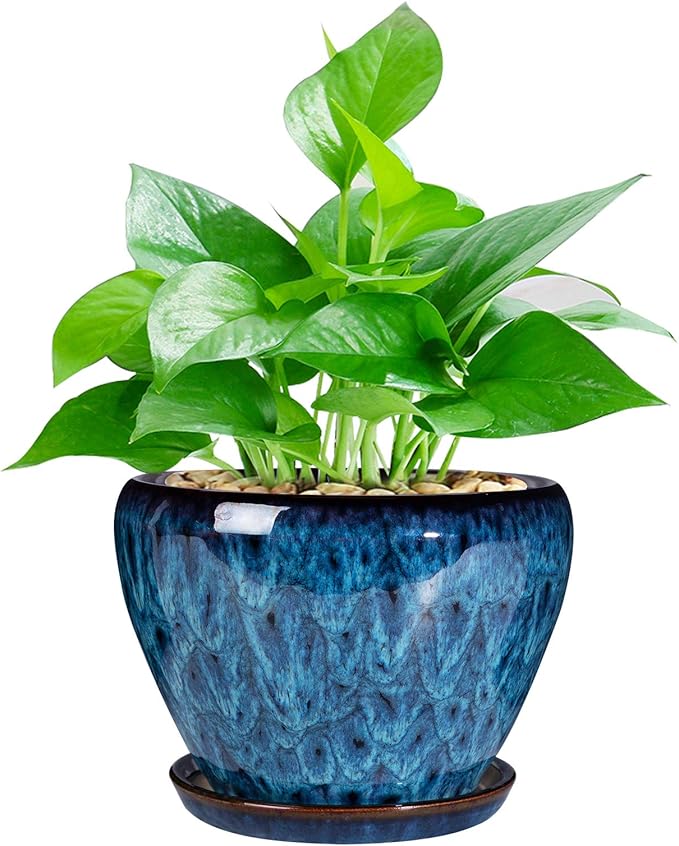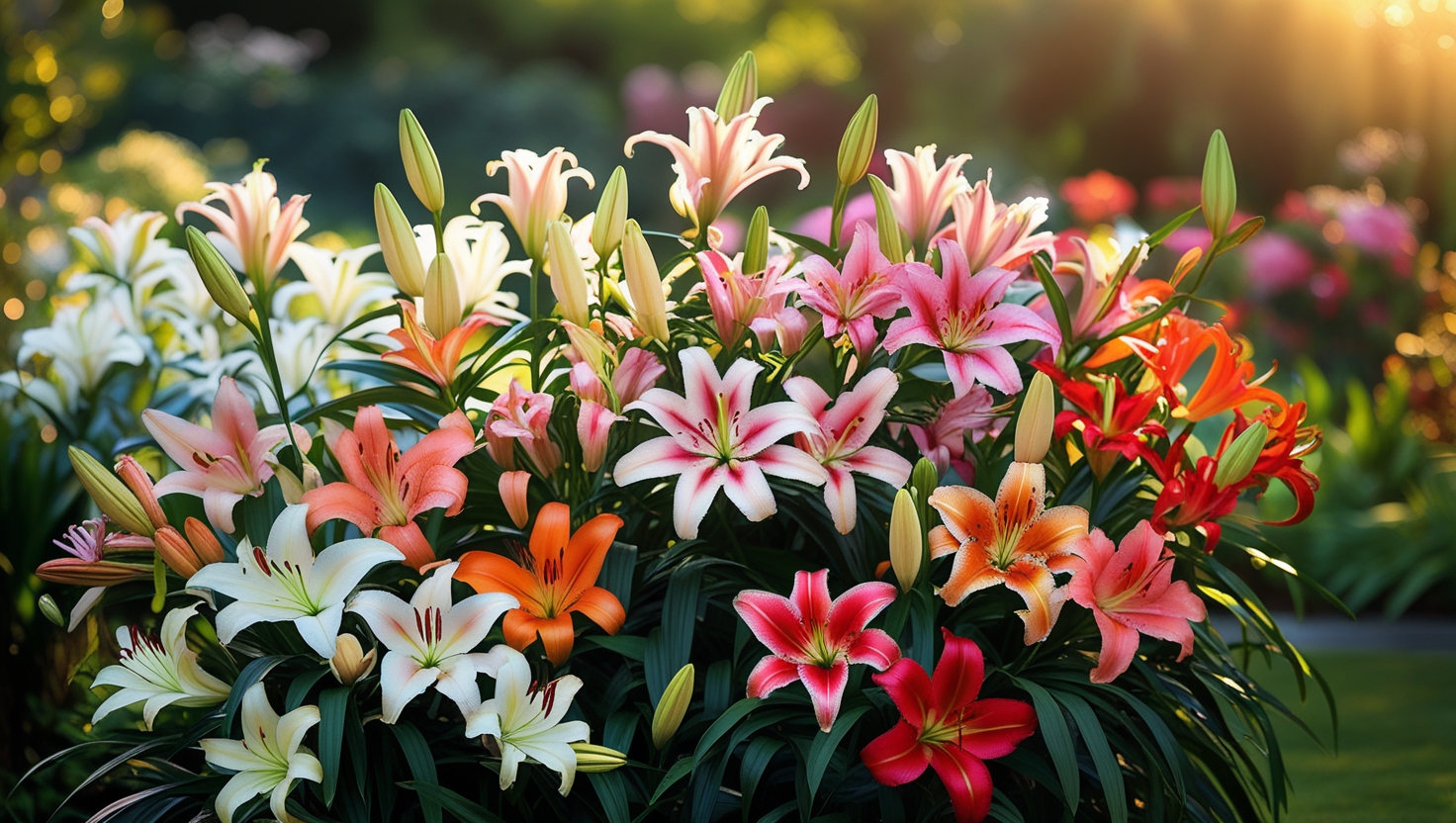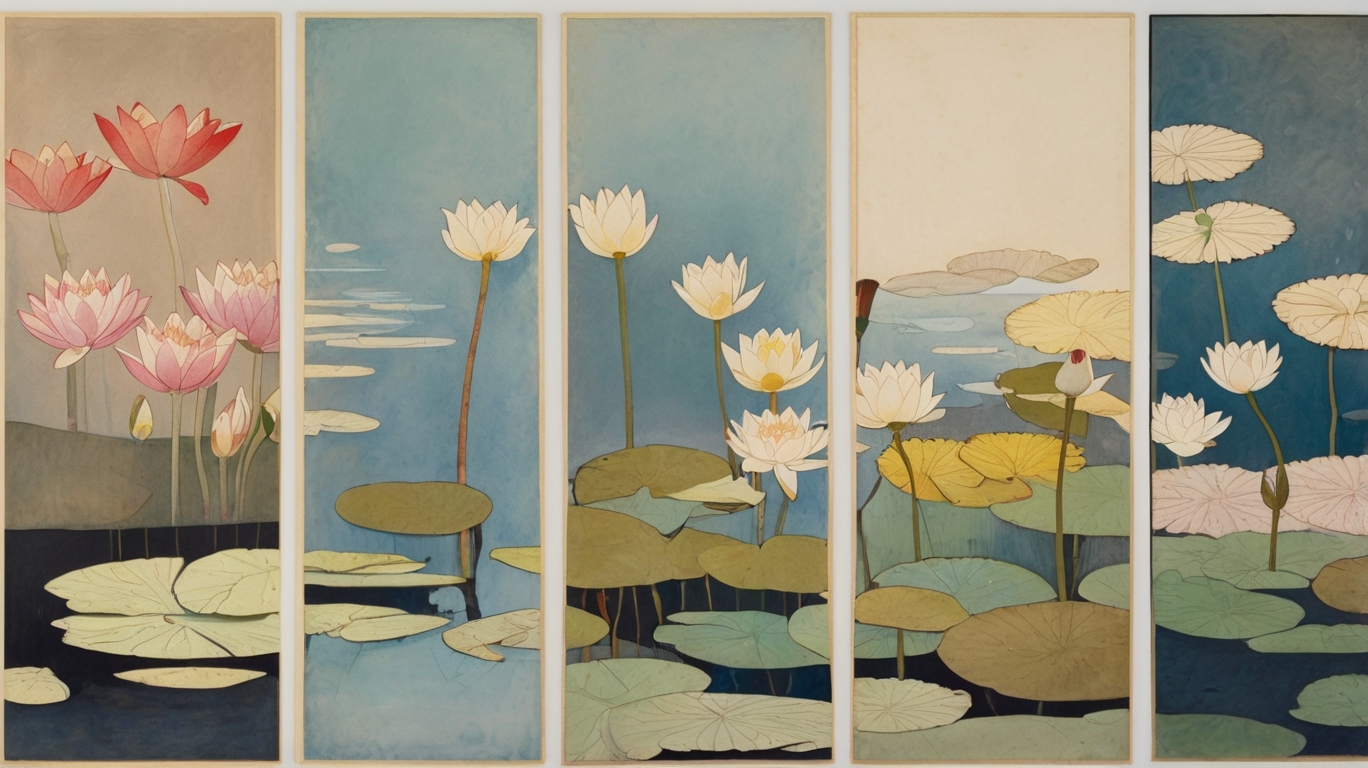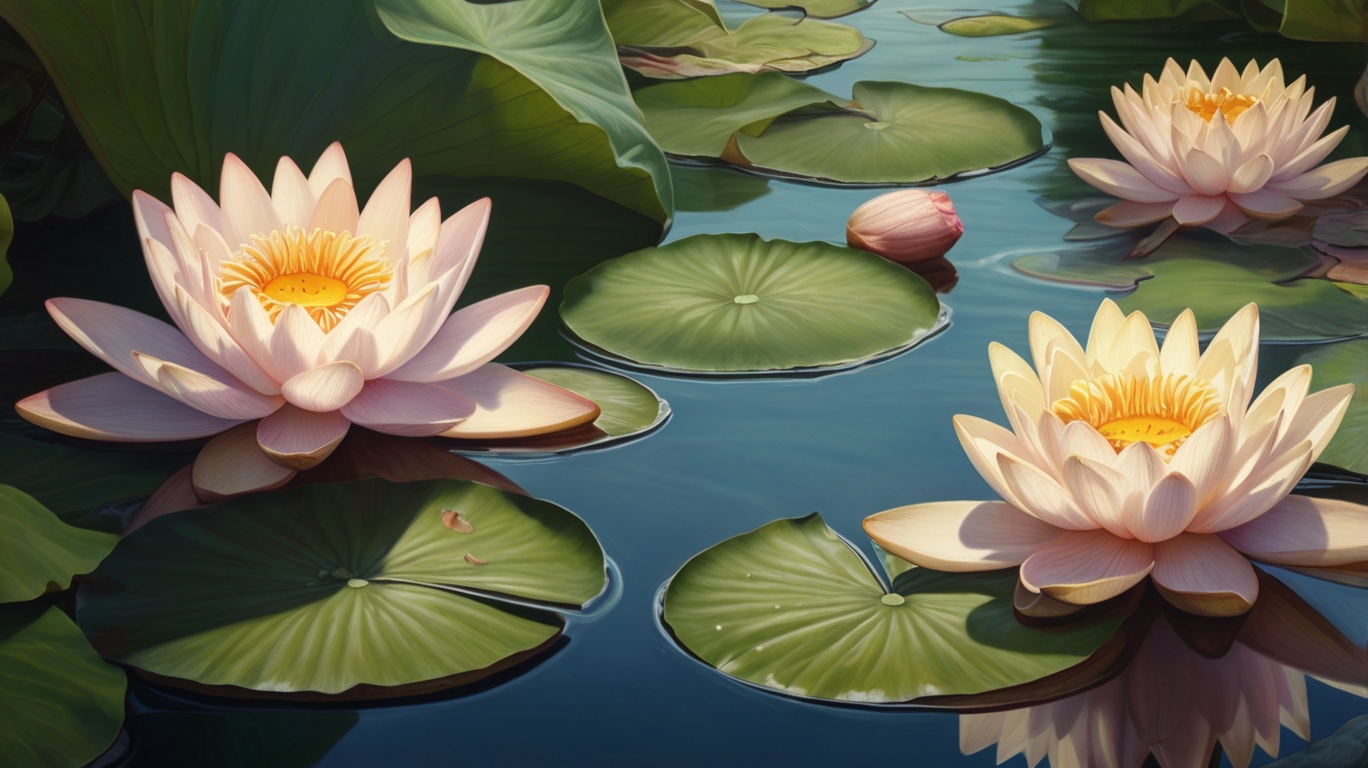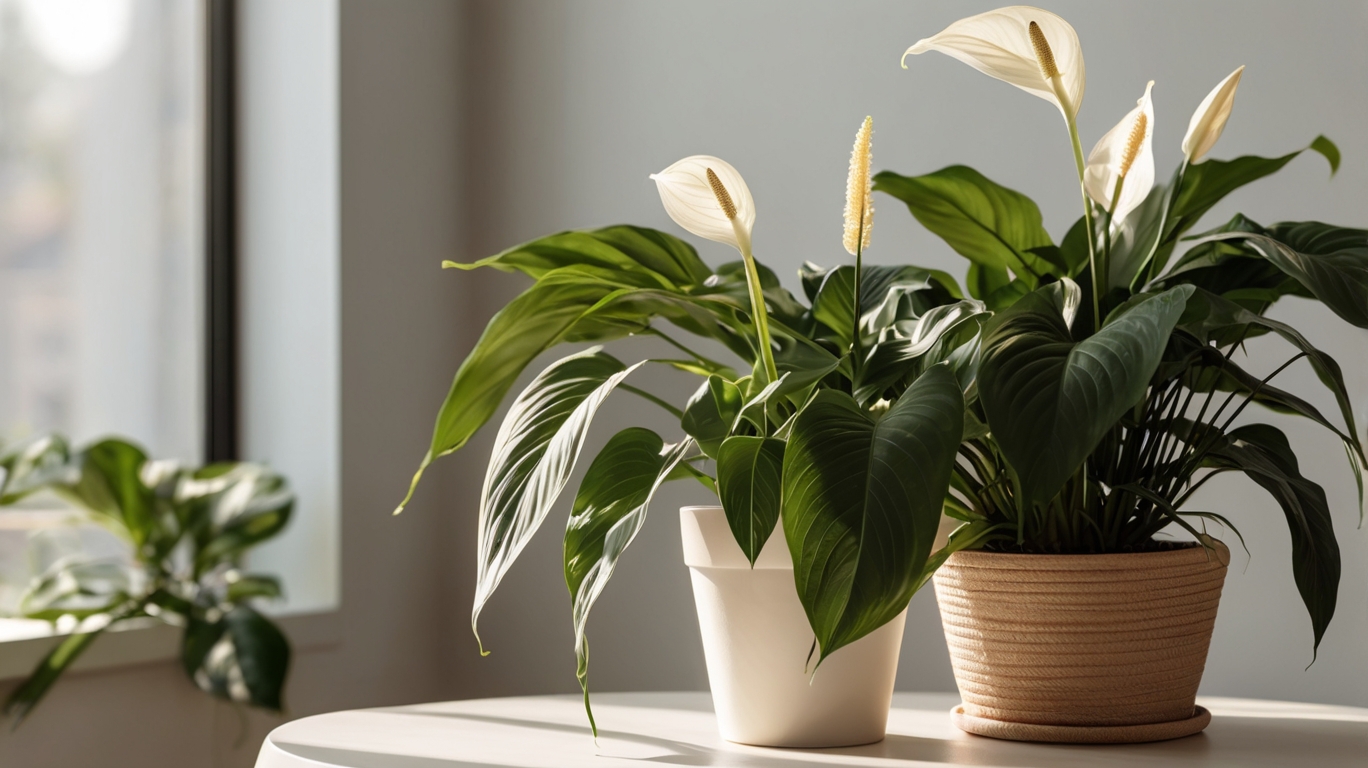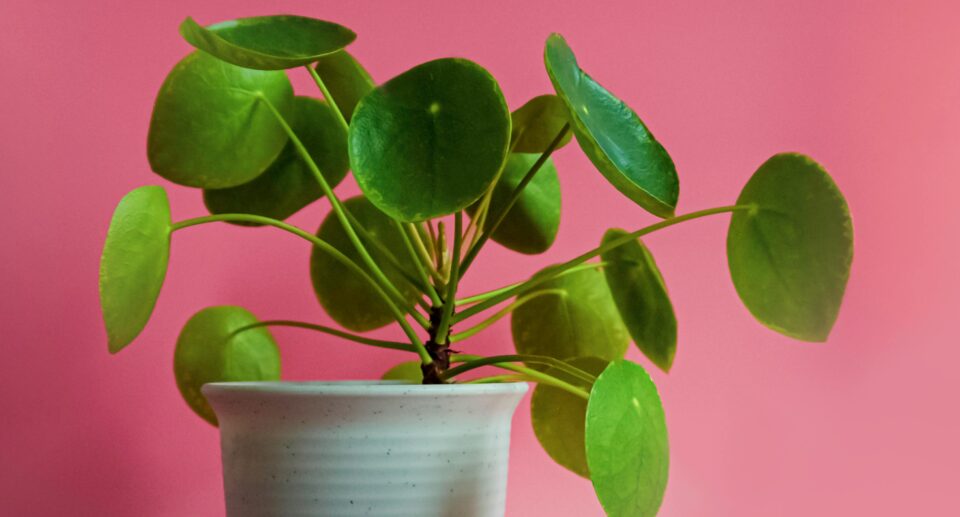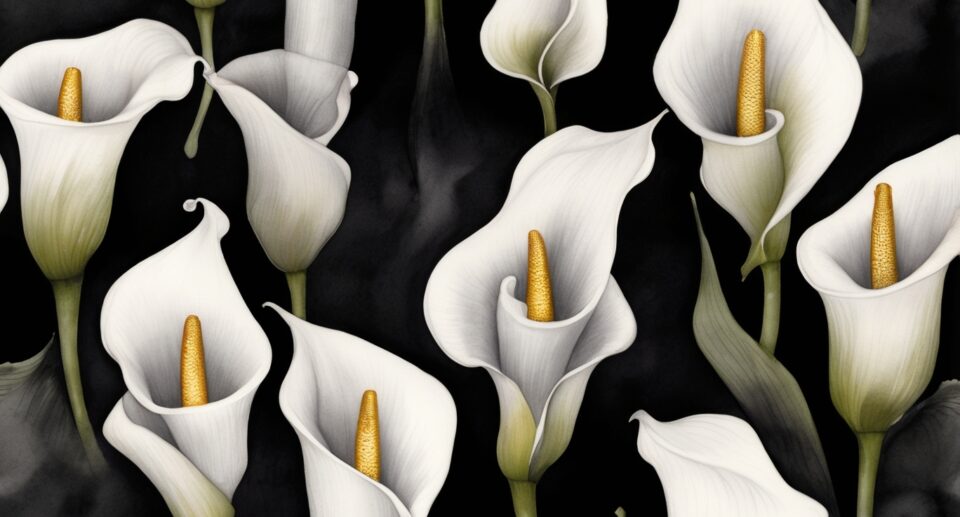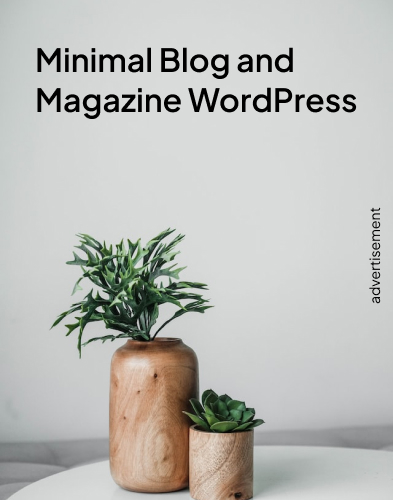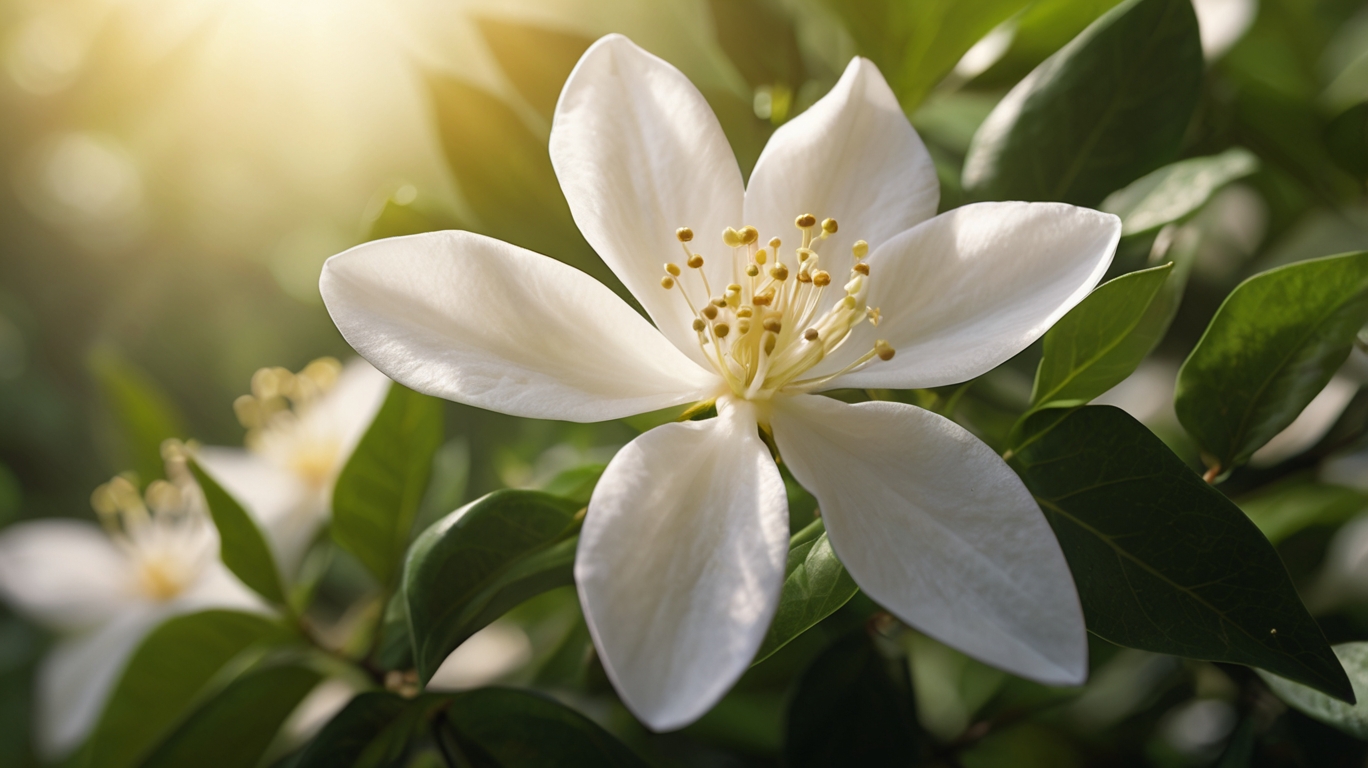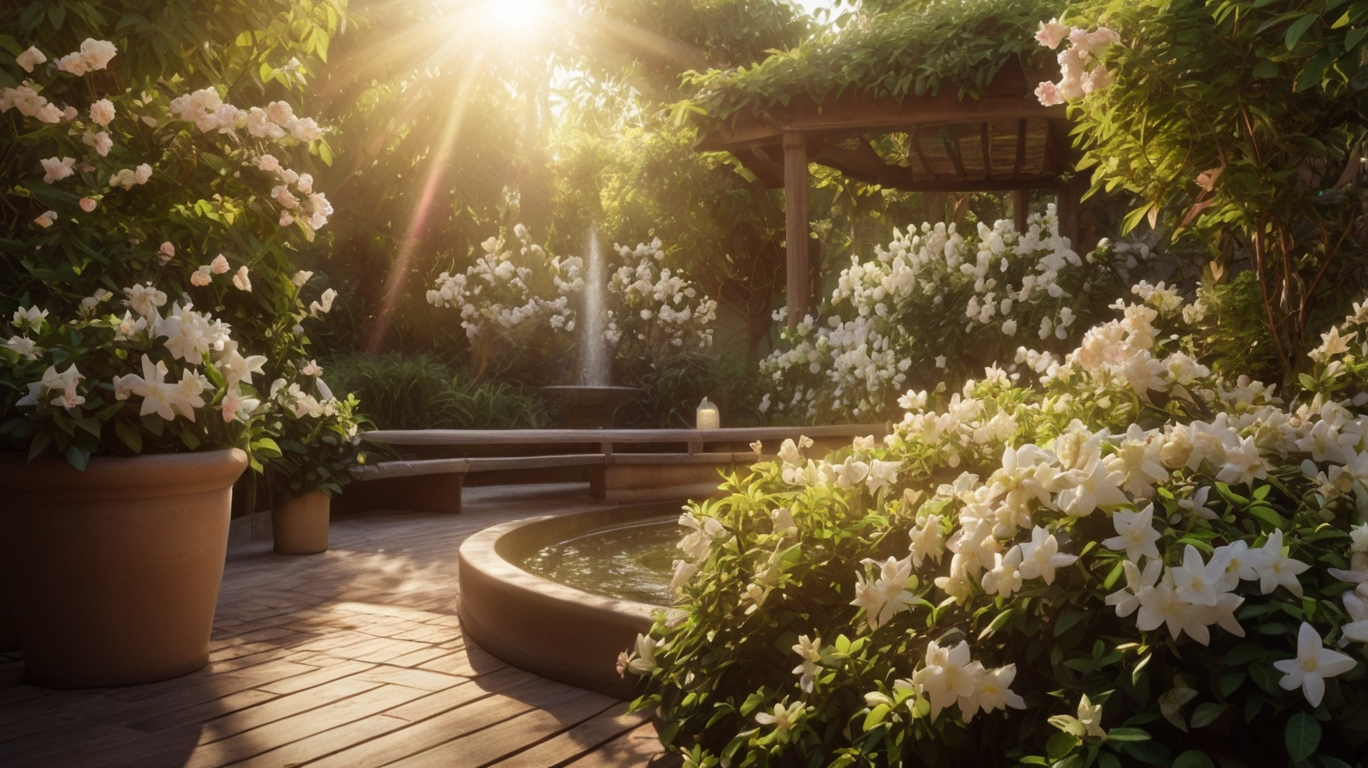Unlock the #1 Secret: When Do Jasmine Plants Flower and Thrive?
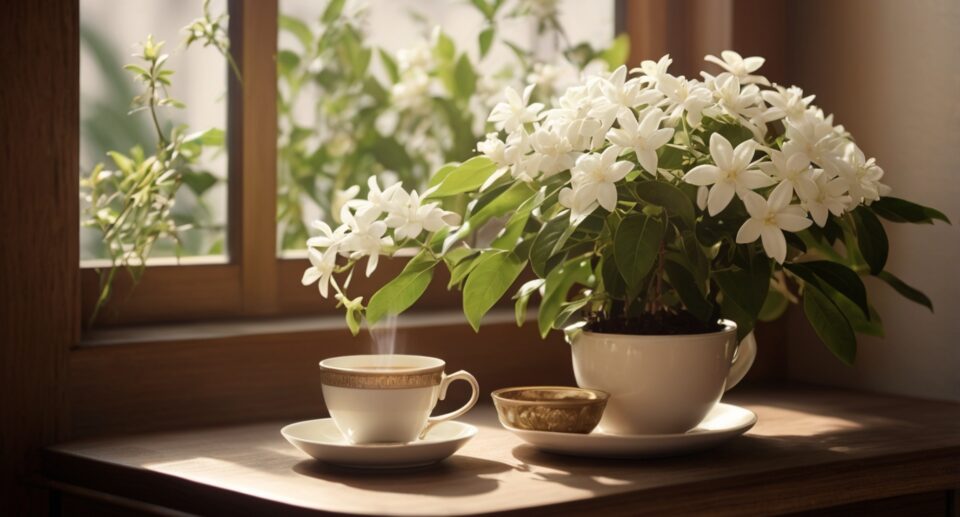
Understanding Jasmine Plants: An Introduction to Their Blooming Cycles
Jasmine plants, cherished for their fragrant blossoms and ornamental qualities, offer a captivating display of nature’s beauty throughout specific periods of the year. These evergreen or deciduous vines, shrubs, and climbers belong to the genus Jasminum, part of the Oleaceae family. Understanding how jasmine plants transition through their blooming cycles involves delving into their growth patterns, environmental needs, and seasonal influences.
The blooming cycles of jasmine are determined by several factors, including species, climate, and care practices. Different species exhibit varying flowering habits. For instance, Arabian jasmine (Jasminum sambac) often blooms year-round under favorable conditions, while winter jasmine (Jasminum nudiflorum) reveals its flowers during the colder months. The timing of flowering is closely tied to external conditions, requiring growers to observe light exposure, temperature ranges, and humidity levels for optimal growth.
Jasmine thrives in regions with warm climates, benefiting from extended exposure to sunlight. Most varieties prefer full sun or partial shade for robust blooming. Seasonal shifts, particularly transitions between spring and summer, typically mark the height of jasmine’s flowering phase. However, cooler temperatures or inadequate sunlight may delay or reduce blooms, depending on the plant’s tolerance.
The plant’s cycle also depends on proper care. Well-drained soils rich in organic matter, regular watering routines, and controlled pruning encourage balanced growth and prolific flowering. Over-pruning or overwatering, however, can hinder blooming cycles. Fertilization during the growing season helps maximize blossom production, fostering healthier foliage to support flower buds.
By paying attention to the specific requirements of each jasmine species, gardeners can better anticipate blooming cycles. This knowledge positions them to create favorable growing environments and enjoy the enchantment of jasmine flowers during their peak seasons.
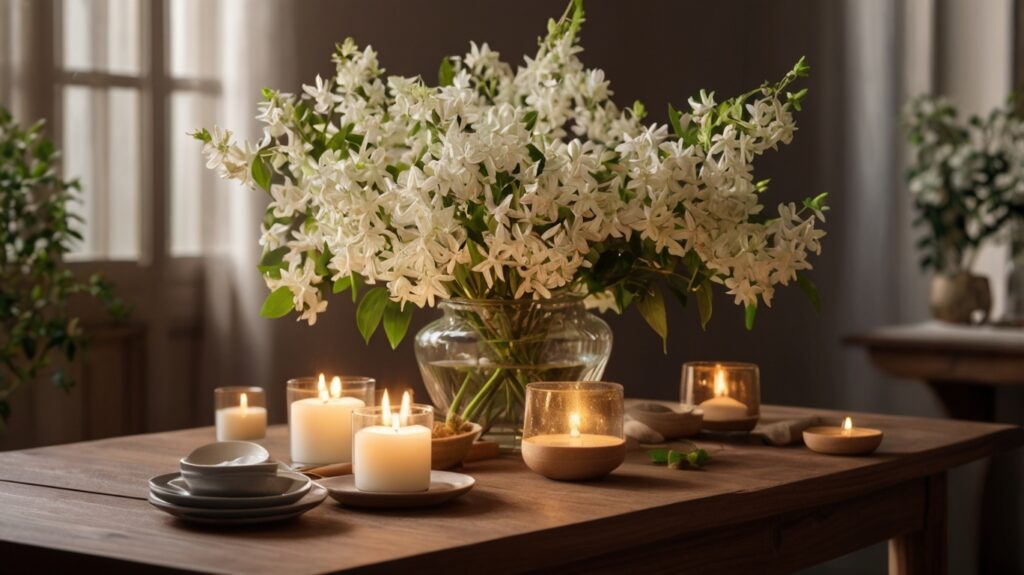
Factors That Influence Jasmine Plant Flowering Times
Several key factors determine the blooming period of jasmine plants. Understanding these factors can help cultivate healthier plants and ensure optimal flowering.
1. Climate and Temperature
Jasmine plants thrive in warm climates. The ideal temperature range for most jasmine varieties is between 65°F and 75°F (18°C to 24°C). Prolonged exposure to cooler temperatures can delay or prevent flowering, while extremes in heat may cause stress, impacting flower production. In tropical and subtropical regions, jasmine blooms more consistently throughout the year, whereas seasonal variations in temperate areas influence flowering cycles.
2. Sunlight Exposure
Adequate sunlight is essential for jasmine plants to flower. They require full sun to partial shade, with a minimum of 4 to 6 hours of direct sunlight daily. Insufficient sunlight results in weaker growth and fewer blossoms. Periods of extended darkness or overcast conditions can significantly hinder flowering times.
3. Soil Quality
Jasmine plants flourish in well-drained, slightly acidic to neutral soil with a pH level between 6.0 and 7.0. Poor-quality or waterlogged soil hampers root development, reducing the plant’s ability to produce flowers. Enriching the soil with compost or organic matter improves drainage and nutrient content, encouraging healthier blooms.
4. Watering Practices
Keeping the soil evenly moist is crucial, but overwatering can cause root rot and deter flowering. Jasmine plants generally require moderate watering, particularly during their growing season. Watering schedules should be adjusted based on environmental conditions, ensuring moisture levels are sufficient to support flowering.
5. Fertilization
Balanced fertilization plays a vital role in flowering. Jasmine responds well to fertilizers rich in phosphorus and potassium, as these nutrients encourage bloom production. Excessive nitrogen, however, promotes leafy growth at the expense of flowers. Fertilizing every 4 to 6 weeks during the growing season is typically recommended.
6. Pruning and Maintenance
Pruning helps stimulate growth and flowering by removing dead or weak branches. Overgrown or dense foliage can obstruct sunlight penetration, affecting the plant’s blooming phase. Pruning should be conducted after the flowering period to avoid cutting buds that will develop into blossoms.
7. Variety of Jasmine
Flowering times vary significantly depending on the jasmine species. Varieties such as Arabian Jasmine (Jasminum sambac) bloom almost year-round in ideal conditions, whereas others, like Winter Jasmine (Jasminum nudiflorum), primarily flower during the cooler winter months. Understanding the specific characteristics of the chosen species is pivotal in predicting and enhancing flowering periods.
8. Stress and Environmental Factors
External factors such as pests, diseases, and sudden environmental changes may negatively impact flowering. Aphids and spider mites are common pests that can damage jasmine plants, while fungal infections hinder growth. Maintaining a stable growing environment and addressing stressors promptly ensures consistent flowering cycles.
By understanding and managing these factors, growers can create ideal conditions for jasmine plants, enhancing their ability to bloom beautifully and thrive.
Seasonal Overview: When Do Jasmine Plants Typically Bloom?
Jasmine plants are admired worldwide for their fragrant flowers and delicate beauty, but their bloom cycle largely depends on the type of jasmine and the climatic conditions under which they grow. Typically, jasmine varieties respond strongly to seasonal changes, with blooming times varying significantly based on the region, temperature, and species cultivated.
Most jasmine species are deliberate bloomers, showcasing their flowers during specific seasons when environmental factors align perfectly. In tropical and subtropical regions, jasmine plants often bloom year-round due to consistent warmth and sunlight. However, in areas with distinct seasonal changes, jasmine usually blooms during spring and summer. For instance, species like common jasmine (Jasminum officinale) and Arabian jasmine (Jasminum sambac) are known to flourish between late spring and early fall. This period allows them to take advantage of longer days, increased sunlight, and warmer temperatures.
Factors influencing bloom timing:
- Species-specific traits: Different jasmine types have unique bloom schedules. Night-blooming jasmine (Cestrum nocturnum), for instance, tends to flower primarily in the summer months.
- Light availability: Jasmine thrives with ample sunlight, and seasonal variations in daylight directly affect flowering.
- Climate and location: The growing zone plays a critical role. In warmer climates, jasmine may bloom prematurely or repeatedly throughout the year, while in cooler areas, flowers emerge more predictably during warmer months.
During winter or dormant seasons, jasmine plants rest, focusing their energy on root and foliage development. This preparatory phase strengthens their ability to bloom vibrantly during active growing periods. Gardeners should ensure proper care during these off-season months—such as pruning and adequate watering—to encourage healthy flowering when the season arrives.
Understanding the bloom patterns of jasmine allows gardeners to align their care routines for optimal flowering. This awareness is particularly crucial for ensuring jasmine plants thrive in varying environments.
Spring Blooming Jasmine: Varieties and Characteristics
Spring-blooming jasmine plants captivate gardeners with their delicate fragrance and profusion of flowers. This type of jasmine includes multiple varieties, each exhibiting unique characteristics and flowering patterns. Understanding these types helps gardeners choose the ideal plant to suit their landscaping needs.
Common Varieties of Spring Jasmine
- Common Jasmine (Jasminum officinale) Known for its star-shaped white flowers, Common Jasmine thrives best in warm climates and blooms profusely in late spring through summer. Its trailing branches make it suitable for trellises and pergolas.
- Spanish Jasmine (Jasminum grandiflorum) Distinguished by larger flowers and intense fragrance, Spanish Jasmine offers a rich aroma that is often used in perfumes. It prefers full sunlight and rich, well-draining soil for optimal growth.
- Italian Jasmine (Jasminum humile) This variety produces bright yellow flowers and a mild scent. Italian Jasmine is hardy, tolerates partial shade, and is often used as ground cover or grown in decorative pots.
- Pink Jasmine (Jasminum polyanthum) Pink Jasmine is prized for its clusters of pale pink buds that open into white blossoms during spring, emitting a sweet scent. It grows rapidly and works well as an ornamental climber.
Key Characteristics of Spring-Blooming Jasmine
- Growth Rate: Many spring-blooming varieties are fast-growing, making them excellent for filling spaces or climbing structures in a short period.
- Flowering Period: These jasmines typically begin blooming in early spring with prolonged flowering into late spring and early summer.
- Fragrance: The intense scent of spring jasmine flowers is one of their hallmark characteristics. While some varieties have a mild aroma, others, like Spanish and Common Jasmine, are distinctly fragrant.
- Care Requirements: Most varieties prefer full sun, though some tolerate partial shade. They thrive in fertile, well-drained soil, requiring minimal maintenance aside from occasional pruning to maintain shape.
By incorporating spring-blooming jasmine into gardens, individuals can enjoy vibrant colors, exquisite scents, and versatile growth habits that blend well with other spring-flowering plants. Each variety offers distinct benefits, providing options suited to diverse climates, preferences, and landscaping designs.
Summer Flowering Jasmine Plants: What to Expect
Summer is an exciting time for jasmine plants, as many varieties reach their peak flowering season. Known for their sweet, intoxicating fragrance and delicate white or pale pink blooms, jasmine plants thrive in the warm conditions that summer months provide. Understanding the critical requirements of these plants during the summer season is essential to ensure healthy growth and abundant flowering.
Jasmine thrives best in environments where full sun exposure is possible. During summer, consistently warm temperatures, often between 60°F and 85°F (15°C to 29°C), encourage vigorous blooming. However, while jasmine benefits from sunlight, some varieties may prefer filtered or partial light in regions with intense heat. Monitoring light exposure can ensure blooms stay vibrant and healthy throughout the floral season.
Watering is another critical factor for summer jasmine care. Jasmine plants prefer moist but well-drained soil. Overwatering or allowing water to pool around the plant can lead to root rot or fungal diseases, which can hinder flowering. A layer of mulch around the base can help retain moisture while preventing evaporation during hot days. Regular assessments of soil dampness ensure plants receive adequate hydration without excess water.
Pruning jasmine plants in late spring or early summer can stimulate healthier growth and further encourage abundant blooming during warm months. Removing dead or damaged branches allows the plant to redirect energy toward producing more flowers. Light trimming also creates a well-shaped plant capable of supporting its flowers.
For ideal growth, jasmine plants also rely on nutrient-rich soil and periodic fertilization. Balanced fertilizers containing equal parts nitrogen, phosphorus, and potassium contribute to vigorous growth and prolific flowering. Applying fertilizer every four to six weeks during the active summer growing season provides optimal energy to sustain blooming.
During summer evenings, when warmth lingers, jasmine flowers often release heightened fragrances, creating a delightful sensory experience. Gardeners should expect their jasmine plants to serve as focal points, attracting pollinators such as bees and butterflies to the area while enhancing the atmosphere with their alluring aroma.
Fall and Winter Jasmine Blooms: Exploring Cold Weather Varieties
Various jasmine species are capable of thriving in cooler climates, providing a fragrant and visually captivating display during fall and winter. These cold-weather jasmine varieties adapt to lower temperatures and extend the growing season, allowing gardeners to enjoy their blooms even as other plants fade away.
One of the most notable examples is Winter Jasmine (Jasminum nudiflorum), which blooms during the colder months, typically from November to February. Unlike many jasmine varieties, Winter Jasmine is deciduous, shedding its leaves in the fall but producing vivid yellow blossoms that add brightness to the dormant season. This species is hardy and can tolerate freezing temperatures, making it well-suited for areas prone to frost.
Another cold-weather variety is Italian Jasmine (Jasminum humile), which flowers in late fall and early winter in mild climates. Known for its clusters of yellow flowers, Italian Jasmine thrives in full sun and well-drained soil. While it doesn’t tolerate extreme cold, it performs well in sheltered areas, offering gardeners an option for cooler regions.
Many gardeners also cultivate Pink Jasmine (Jasminum polyanthum), celebrated for its robust floral displays in late winter to early spring. Although it requires moderate winter protection against frost, Pink Jasmine produces sweet-smelling pink and white blossoms that are highly ornamental. It can grow indoors in colder climates, giving the flexibility to enjoy its beauty year-round.
To support fall and winter jasmine blooms, gardeners should prioritize preparation by mulching around the plant base, avoiding overwatering, and shielding them from harsh winds when frost threatens. Selecting the appropriate variety for the local climate ensures successful flowering during the cooler months, and the contrasting colors of these jasmine blooms offer seasonal beauty where gardens might otherwise lack vitality.
Fall and winter jasmine varieties demonstrate adaptability and resilience, enriching landscapes when other plants are dormant.
How Climate and Region Affect Jasmine Flowering Seasons
Jasmine plants are profoundly influenced by the climate and geographic conditions of the regions where they grow. These environmental factors play a pivotal role in determining their flowering seasons, growth patterns, and overall ability to thrive. Understanding these relationships helps gardeners and plant enthusiasts predict blooming cycles and make optimal care decisions.
Key Factors Influencing Jasmine Flowering Seasons
Several climate and regional elements govern jasmine blooming times:
- Temperature: Jasmine prefers warm temperatures and thrives in regions where the climate is consistently mild. The flowering season typically occurs during spring and summer in temperate zones, as warmer weather promotes healthy growth and abundant blooms. In cooler climates, jasmine may flower later or less vigorously due to lower temperatures.
- Humidity: High humidity levels encourage jasmine flowers to open and flourish. Tropical and subtropical regions, where humidity is naturally elevated, often experience longer flowering periods. Conversely, arid climates with dry air may limit blooming to specific times of the year, requiring supplemental watering to counteract dryness.
- Daylight: Jasmine plants depend on adequate sunlight exposure to initiate flower production. In equatorial regions, consistent daylight hours ensure nearly year-round blooming. However, in areas farther from the equator, shorter daylight periods during winter can suppress flowering, confining blooms to seasons with longer daylight durations.
- Rainfall Patterns: Regular rainfall nourishes jasmine plants, stimulating new growth and bud development. Regions with defined wet and dry seasons often see jasmine flowering peak following the rainy season, when the soil moisture is abundant and supports growth.
Regional Differences in Bloom Timing
In tropical regions like Southeast Asia and Central America, jasmine plants often bloom year-round, thanks to steady temperatures and humidity. In Mediterranean climates, the flowering season frequently aligns with late spring through early autumn due to warmer, sunnier months. In colder regions, where frost is common, jasmine varieties such as winter jasmine may bloom in late winter or early spring to adapt to the limited growing conditions.
Transitioning across regional climates, gardeners may notice distinct changes in jasmine flowering intensity and timing. These variances underscore the plant’s sensitivity to its surroundings.
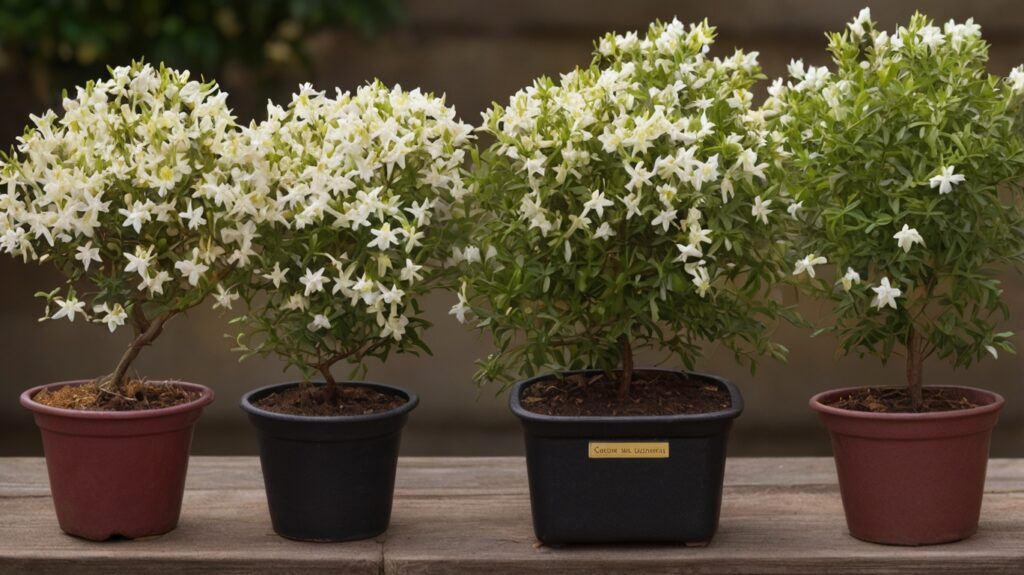
Tips for Encouraging Jasmine Plants to Bloom Throughout the Year
Jasmine plants are known for their delicate flowers and enchanting fragrance, but ensuring a year-round bloom requires thoughtful care and attention. By addressing specific factors critical to their growth, gardeners can promote optimal flowering across seasons.
Provide Adequate Sunlight
Jasmine thrives in bright, indirect sunlight. Position the plant in a location where it receives at least 6 hours of sunlight daily. For varieties that tolerate partial shade, ensure they still get substantial morning or evening sun to encourage blooms.
Regulate Watering
Consistent watering is crucial for healthy growth. Jasmine prefers moist but well-drained soil. Avoid overwatering, which can lead to root rot, and allow the soil’s top layer to dry slightly between watering sessions. Adjust watering patterns during colder months to prevent oversaturation when evaporation rates slow down.
Maintain Optimal Temperature
Warm, humid conditions typically favor the blooming cycle of jasmine. Maintain temperatures between 60°F and 75°F for indoor plants. Outdoors, shelter the plant during frost or extreme heat to preserve its delicate buds. Hardy varieties may tolerate cooler weather, but frost protection is still necessary.
Feed Nutrient-Rich Fertilizers
Feeding jasmine plants a balanced fertilizer, particularly one high in phosphorus, supports prolific flowering. Apply fertilizer sparingly, ideally during active growth seasons such as spring and summer. Avoid excessive nitrogen, which may lead to leafy growth rather than blooms.
Prune Regularly
Pruning should be performed annually to remove dead or overcrowded stems. Focus on shaping the plant and improving air circulation. Cut back overgrown branches after the flowering period to direct energy toward new growth that supports ongoing blooms.
Monitor Soil Conditions
Jasmine plants prefer slightly acidic soil (with a pH between 6.0 and 7.0). Regularly test the soil’s pH and amend it if needed. Incorporating organic matter like compost enhances soil quality and moisture retention.
Encourage a Dormancy Period
A controlled dormancy phase during late fall can reinvigorate jasmine plants, setting up a robust blooming cycle when active growth resumes in spring. Reduce watering and avoid fertilization during dormancy while maintaining exposure to indirect sunlight.
Careful attention to these key aspects ensures that jasmine plants remain healthy and persistently flower throughout the year.
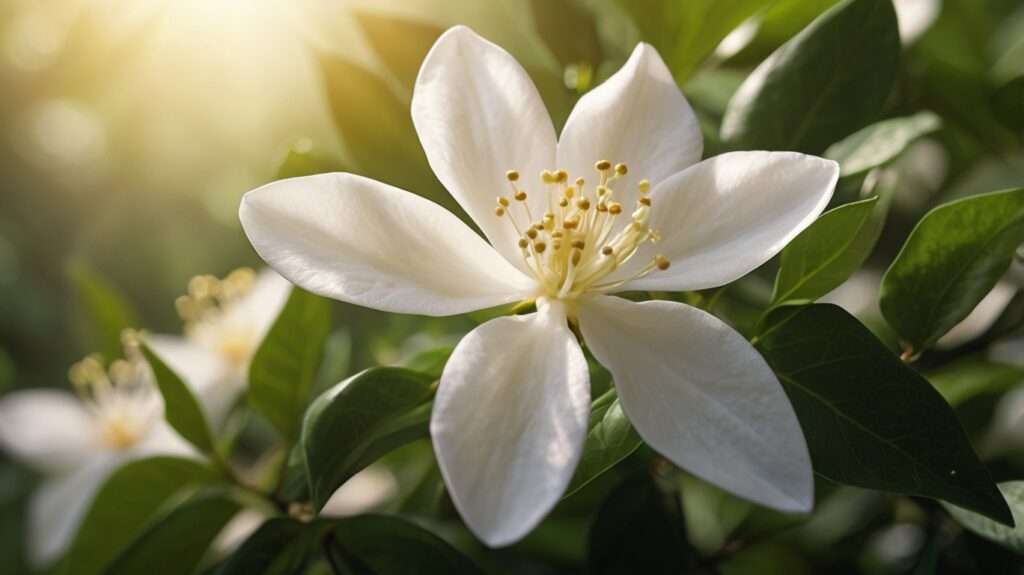
Common Jasmine Flowering Problems and How to Address Them
Jasmine plants, admired for their fragrant blooms, can sometimes face challenges that hinder their flowering. Understanding these issues and their remedies is crucial for maintaining healthy growth and maximizing blooms.
1. Lack of Adequate Sunlight
Jasmine thrives in bright, indirect sunlight but may struggle to bloom when placed in overly shaded areas for prolonged periods. Insufficient light interferes with the plant’s photosynthesis and energy production, directly impacting flower development.
Solution:
- Position the jasmine where it receives at least 4–6 hours of sunlight daily.
- For indoor plants, use grow lights or place them near bright windows to supplement natural light.
2. Improper Watering Practices
Both overwatering and underwatering can stress jasmine plants and delay flowering. Excess moisture can lead to root rot, whereas overly dry conditions cause dehydration, affecting flower buds.
Solution:
- Ensure soil remains consistently moist but not waterlogged.
- Check soil moisture regularly and adjust watering frequency according to seasonal needs.
3. Nutrient Deficiencies
Jasmine requires balanced nutrition for healthy flowering. Excessive nitrogen from fertilizers can promote foliage growth at the expense of flowers. Conversely, a lack of essential nutrients like phosphorus and potassium reduces flowering potential.
Solution:
- Use a balanced fertilizer with phosphorus and potassium during the growing season.
- Avoid over-fertilizing with nitrogen-heavy options.
4. Pruning Missteps
Over-pruning or trimming at the wrong time can cut off blooming stems, especially on varieties that flower on older wood. This inevitably reduces the plant’s capacity to produce flowers.
Solution:
- Prune jasmine immediately after its blooming period.
- Avoid cutting back heavily before the flowering season.
5. Pest Infestations and Diseases
Common pests like aphids, spider mites, and whiteflies disrupt jasmine’s growth, while fungal infections can damage flower buds and leaves. Unchecked infestations can stunt blooms entirely.
Solution:
- Inspect the plant regularly for signs of pests or diseases.
- Treat infestations with insecticidal soap or neem oil. For fungal problems, apply appropriate fungicides and ensure good airflow around the plant.
Fluctuating temperatures, transplanting shock, and other environmental factors might also contribute to flowering delays. Identifying and addressing these issues promptly ensures jasmine plants continue to thrive and produce their iconic, fragrant flowers.
Caring for Jasmine Plants During Their Non-Blooming Periods
Jasmine plants require diligent care during their non-blooming periods to ensure they remain healthy and prepared for their next flowering phase. This phase is crucial for the plant’s development, as it is a time when energy and nutrients are stored, setting the stage for future blooms.
Watering Practices
During their dormant period, jasmine plants still need consistent watering to maintain adequate soil moisture, but care must be taken not to overwater. Ensure the soil is slightly damp but not waterlogged, as excessive moisture can lead to root rot. Reduce the frequency of watering compared to the blooming season and adjust based on the local climate and humidity levels.
Pruning and Maintenance
Non-blooming periods are ideal for pruning jasmine plants to remove dead or damaged stems and leaves. Proper pruning encourages healthy growth and improves air circulation, which reduces the risk of pests and diseases. Trim light growth to shape the plant as desired, but avoid aggressive pruning as it may stress the plant.
Fertilizing Needs
During this phase, jasmine plants benefit from balanced fertilization to replenish nutrients in the soil. Use a slow-release fertilizer with an equal ratio of nitrogen, phosphorus, and potassium to sustain the plant without encouraging premature flowering. Avoid using high-nitrogen fertilizers, as these may lead to excessive foliage growth at the expense of future blooms.
Pest and Disease Control
Jasmine plants can be susceptible to pests such as aphids, spider mites, and whiteflies during dormancy. Inspect the plant regularly, especially the undersides of leaves, for any signs of infestations. Treat pests promptly with organic insecticides or by introducing beneficial predatory insects. Additionally, ensure that fungal issues are managed by providing proper ventilation and maintaining a healthy soil environment.
Environmental Adjustments
Maintaining optimal growing conditions is essential during non-blooming periods. Jasmine plants thrive in indirect sunlight, so ensure they receive sufficient light without prolonged exposure to harsh rays. For indoor plants, use well-draining pots and rotate them periodically for even light distribution. Outdoor jasmine should be protected from extreme temperatures, keeping the roots warm during colder months.
With these care methods observed, jasmine plants can enter their blooming stage rejuvenated, producing healthier growth and vibrant, fragrant flowers.
Exploring Jasmine Plant Varieties and Their Unique Blooming Patterns
Jasmine plants encompass a diverse group of species with notable differences in their appearance, growing preferences, and flowering cycles. From the widely admired common jasmine (Jasminum officinale) to the delicate winter jasmine (Jasminum nudiflorum), each variety presents unique traits that intrigue gardeners worldwide.
Common Types of Jasmine Plants
- Common Jasmine (Jasminum officinale) Known for its fragrant white flowers, this climbing shrub typically blooms from late spring to fall. It thrives in temperate climates and requires well-draining soil with full to partial sunlight.
- Arabian Jasmine (Jasminum sambac) With its sweet-smelling blossoms, Arabian jasmine blooms prolifically throughout the warmer months. This tropical species is commonly used in teas and as offerings in cultural ceremonies.
- Star Jasmine (Trachelospermum jasminoides) Despite falling under a different genus, star jasmine is cherished for its star-shaped flowers and appealing scent. Its blooms often appear from late spring through summer, attracting pollinators like bees and butterflies.
- Winter Jasmine (Jasminum nudiflorum) Unlike most jasmine types, winter jasmine blooms during the colder months, showcasing vibrant yellow, non-fragrant flowers. It serves as a hardy ground cover or climbing plant, adding color to winter landscapes.
Blooming Patterns and Environmental Factors
The blooming cycles of jasmine plants rely heavily on species characteristics and environmental conditions. Varieties native to tropical regions, such as Arabian jasmine, bloom year-round under optimal care, requiring warm temperatures and humidity. Conversely, winter jasmine thrives under harsh cold conditions, making its flowering period unique among jasmine species.
Seasonal shifts play a crucial role in triggering buds to open, with many species responding to temperature changes and daylight hours. Ideally, jasmine plants require pruning to encourage robust blooms as well as consistent watering schedules during growth periods. Regular maintenance enhances the flowering potential of each variety, ensuring healthy, vibrant displays regardless of species.
Understanding these distinctions enables gardeners to appreciate the remarkable beauty and adaptability of jasmine plants in diverse environments.
Why Do Jasmine Flowers Bloom Mainly at Night? Scientific Insights
Jasmine flowers are widely known for their enchanting aroma, which is most intense during nighttime. This phenomenon can be attributed to their unique biological and ecological adaptations. Scientists explain that nighttime blooming in jasmine plants is primarily influenced by circadian rhythms, which are internal biological clocks regulating plant behavior over a 24-hour cycle. These rhythms help jasmine time their bloom to optimize both pollination and the spread of fragrance.
Circadian Rhythms and Blossom Timing
Jasmine plants have adapted their flowering process to align with the cooler and calmer nighttime hours. Lower temperatures during the evening encourage the release of volatile aromatic compounds, allowing the fragrance to become more pronounced. Additionally, their circadian clocks synchronize bud opening at night, maximizing the strength and efficacy of this scent.
Ecological Adaptations for Pollination
Nocturnal blooming positions jasmine flowers perfectly within their ecological niche. Many species of jasmine rely on night-active pollinators, such as moths and certain insects, to facilitate reproduction. These nocturnal visitors are attracted to jasmine’s intense aroma, which serves as a tool for guiding pollinators to the flowers in the darkness.
Environmental Triggers and Aromatic Chemistry
The atmospheric conditions at night, such as increased humidity and reduced competition from other flowers, benefit jasmine’s scent dispersal. Scientific studies demonstrate that jasmine flowers possess specialized aromatic compounds—such as indole and benzyl acetate—which become more volatile in the moist, cooler night air, intensifying their fragrance.
By adapting their blooming cycles to nighttime hours, jasmine plants showcase a remarkable interplay between biological rhythms, environmental factors, and ecological strategies for survival and reproduction.
Planting Jasmine for Maximum Seasonal Blooms
Achieving abundant jasmine blooms requires careful attention to the species’ planting needs and seasonal care. Jasmine varieties, including common jasmine (Jasminum officinale) and Arabian jasmine (Jasminum sambac), thrive best when their specific environmental preferences are met. Knowing where and how to plant jasmine is essential to ensure growth and a profusion of flowers.
Optimal Soil Conditions
Jasmine grows best in well-drained soil enriched with organic matter. The soil should maintain consistent moisture levels, but excessive water can lead to root rot. Ideal pH levels range from 6.0 to 7.5, slightly acidic to neutral. A soil test can help determine whether amendments, such as compost or peat, are necessary before planting.
Sunlight Requirements
Jasmine plants flourish in sunny to semi-shaded locations. For maximum blooms, ensure the plant receives six to eight hours of direct sunlight daily. Partial shade is acceptable, especially in hotter climates where excessive heat may scorch the leaves. Bright morning sunlight with afternoon shade can strike the perfect balance.
Planting Method
When planting jasmine, carefully select a location with good air circulation to prevent fungal diseases. Start by digging a hole twice as wide and as deep as the plant’s root ball. Place the plant in the hole, ensuring the roots are spread evenly. Fill the hole with soil and pat gently to secure. After planting, water the jasmine deeply to encourage root establishment.
Seasonal Plant Care
To maximize seasonal blooms, jasmine requires steady watering—not too much or too little. Mulching around the base helps retain moisture while suppressing weeds. Regular feeding with a balanced fertilizer during the growing season sustains healthy flower production. Pruning is essential after blooming; removing dead or overgrown stems promotes new growth and bud formation for the next cycle.
Timing and technique in planting jasmine significantly impact the quality and quantity of blooms. Careful planning ensures that the plant thrives in its environment, rewarding gardeners with an enchanting fragrance and vibrant blossoms.
Maintaining Healthy Soil and Environment for Flowering Jasmine
Healthy soil and a supportive environment are essential for jasmine plants to thrive and produce abundant blooms. Jasmine plants generally require well-draining soil with a slightly acidic to neutral pH level, ideally between 6.0 and 7.0. Ensuring the soil texture is loose and enriched with organic matter, such as compost or aged manure, can significantly boost its nutrient profile, enabling jasmine plants to develop strong roots and vibrant flowers.
Adequate sunlight is crucial for jasmine’s growth and flowering. While specific jasmine varieties may vary in their sunlight requirements, most prefer full sun to partial shade. Locations receiving direct sunlight for six to eight hours daily are ideal for stimulating flower buds. However, jasmine plants should be shielded from harsh midday sun in warmer climates to prevent moisture loss and stress.
Watering jasmine plants evenly and consistently is vital for maintaining healthy roots and foliage. Overwatering can lead to root rot, while irregular watering can hinder flower production and compromise the plant’s health. The top inch of soil should be allowed to dry slightly between watering sessions to maintain a balanced moisture level. Mulching around the base of the plant helps to retain moisture and regulate soil temperature.
Providing structural support, such as trellises or stakes, can benefit climbing jasmine species by encouraging them to reach their full growth potential and improving air circulation. Proper pruning is another critical aspect—removing dead or overgrown branches prevents overcrowding and directs energy toward flowering.
The surrounding environment also affects jasmine plants. Good airflow reduces risks of pests and fungal diseases, while maintaining moderate humidity supports ideal blooming conditions. Practices like monitoring soil quality, avoiding chemical-laden fertilizers, and managing weeds contribute to a sustainable environment. These strategies collectively create conditions where jasmine can consistently flourish.
Frequently Asked Questions About Jasmine Plant Blooming Cycles
What time of year do jasmine plants typically flower?
Jasmine plants usually bloom during late spring to summer, depending on the species and environmental conditions. Some varieties, such as winter jasmine (Jasminum nudiflorum), produce flowers in the colder months, particularly from late winter to early spring. Tropical jasmine varieties tend to thrive and bloom year-round in warm climates.
How long does the blooming period last?
The blooming cycle for jasmine plants is different for each variety. Common jasmine (Jasminum officinale) may bloom for several months, while night-blooming jasmine (Cestrum nocturnum) often produces fragrant flowers throughout the summer evenings. On average, jasmine blooms last three to six weeks but may extend under ideal conditions.
What factors impact jasmine’s ability to bloom?
Several factors affect a jasmine plant’s ability to bloom. Adequate sunlight (preferably 4–6 hours daily), proper watering, balanced fertilization, and pruning are critical elements to ensure healthy blooms. Stress caused by incorrect soil composition, pests, or disease can also delay or prevent flowering.
Can jasmine plants bloom at night?
Yes, night-blooming jasmine is a variety that opens its flowers during the evening hours, releasing a sweet and intense fragrance. This species is one of the few jasmine plants specifically adapted to nocturnal blooming.
How can one encourage jasmine to bloom more frequently?
To promote frequent blooming, gardeners should ensure the plant receives sufficient sunlight, avoid overwatering, and apply a low-nitrogen fertilizer. Pruning the plant after blooming cycles also helps stimulate growth and enhances the likelihood of additional flowering.
Why isn’t my jasmine plant flowering?
If a jasmine plant fails to flower, it could be due to insufficient sunlight, overfertilization with nitrogen-rich products, improper pruning, or water stress. Seasonal variations and inappropriate temperatures could also contribute to a lack of blooms. Addressing these issues typically restores the plant’s blooming cycle.
Click the link below to buy “FLOWER Retro Wooden Stand Plant Terrarium with 3 Bulb Glass Vases for Hydroponic Home & Office Décor”

“Click the link below to buy “6-inch modern ceramic planter with glaze, drainage hole, and saucer for indoor & outdoor plants.”
